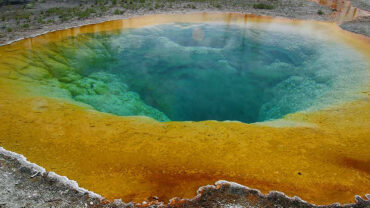Carrel
Carrel-Dakin methodCarrel Alexis (1873-1944) French Surgeon Alexis Carrel was born in Lyons. In France, on June 28, 1873, to a businessman, also named Alexis Carrel, who died when his son was very young. Carrel was educated at home by his mother Anne Ricard and at St. Joseph School, in Lyons.
Studies:
He received a bachelor of letters degree in 1889 from the University of Lyons, a bachelor of science the following year, and, in 1900, his Ph.D. at the same university. He worked as prosector at the Lyons Hospital and taught anatomy and operative surgery at the university. By 1906, he was at the Rockefeller Institute for Medical Research, where he carried out most of his landmark experiments.
Influenced by the assassination by knife of the president of France in 1894, he dedicated himself to develop a way to suture blood vessels. Which ironically he developed after he studied with a French embroidress who showed him how to do embroidery. He made his first attempt in France in 1902. He subsequently developed the triangulation technique of vascular suture. Also he won the Nobel Prize in physiology or medicine in 1912 for his work on vascular suture and the transplantation of blood vessels and organs.
Carrel-Dakin method
During World War I, Carrel served as a major in the French army medical corps. He helped devise a widely used method of treating war wounds, called the Carrel-Dakin method. A method of wound irrigation in which the wound is intermittently irrigated with Dakin’s solution. A germicidal fluid (no longer used).
Carrel’s researches were mainly concerned with experimental surgery and the transplantation of tissues and whole organs. As early as 1902, he published a technique for the end-to-end anastomosis (union) of blood vessels. And during the next few years he did every conceivable form of anastomosis. Although many were not accepted until the 1950s. In 1908, he devised methods for the transplantation of whole organs and had tested kidney and heart transplantations as early as 1905. In 1910 he demonstrated that blood vessels could be kept for long periods in cold storage. Before they were used as transplants in surgery. And he also conducted aortocoronary bypass surgery, before the advent of anticoagulants.
Collaboration
In 1935, in collaboration with Charles Lindbergh. Carrel devised a machine for supplying a sterile respiratory system to organs removed from the body. Carrel was able to perform surgeries that showed that circulation, even in such vital organs as the kidneys, could be interrupted for as long as two hours without causing permanent damage. The cover of the June 13, 1938, Time magazine showed Charles Lindbergh and Alexis Carrel with the new perfusion pump.
His books, such as The Culture of Organs and Man, the Unknown, Treatment of Infected Wounds (with Georges Debelly), were important works. He died in Paris on November 5, 1944.





